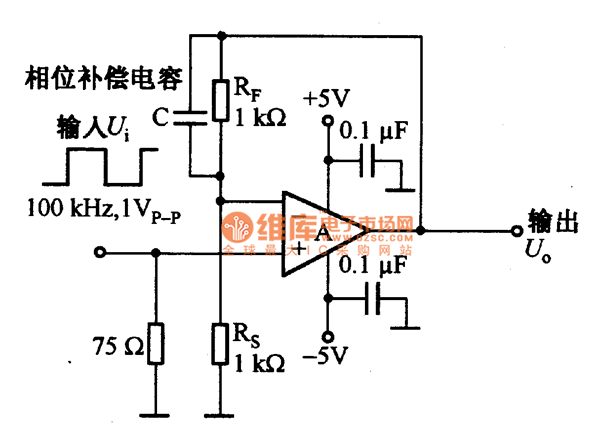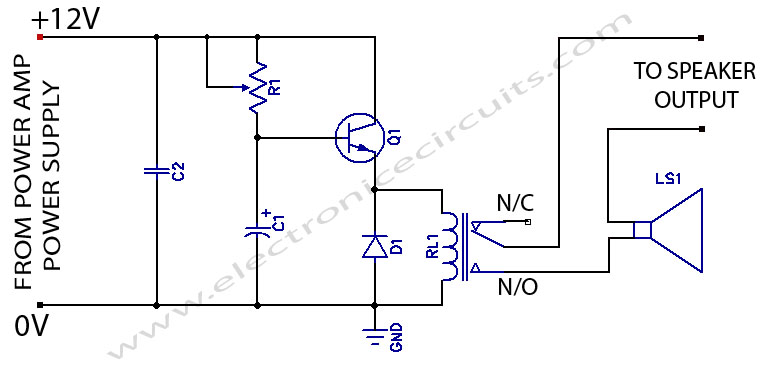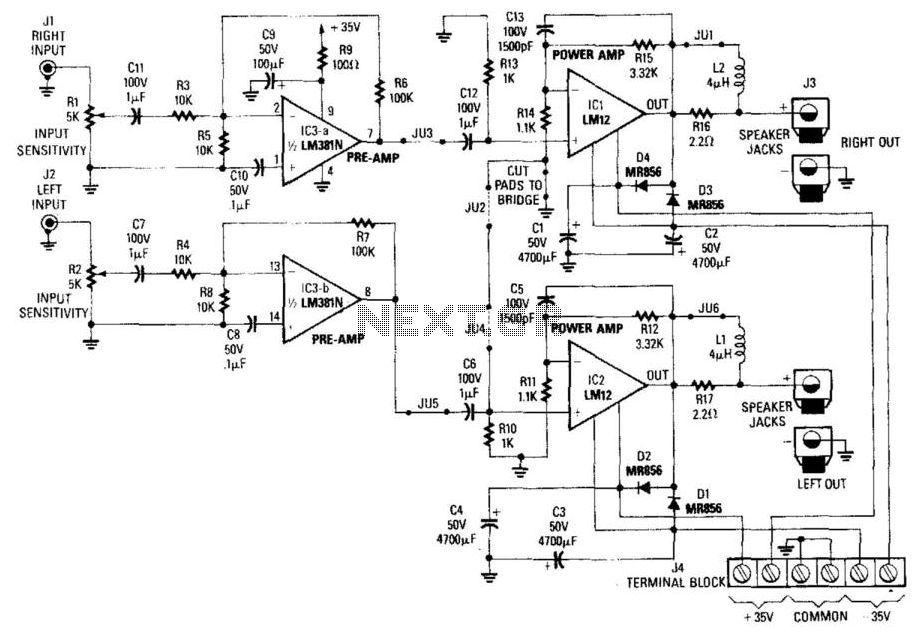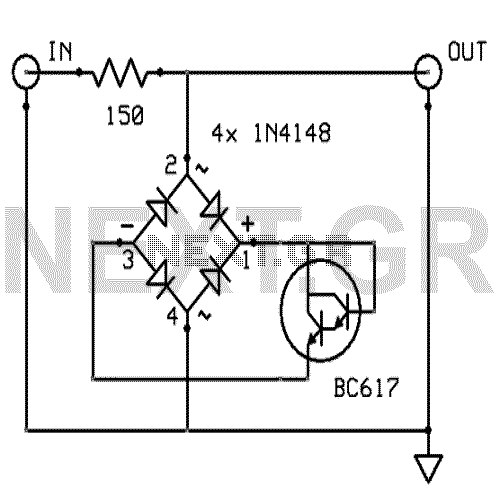
motor Matching mosfets linear servo amplifier (AB)
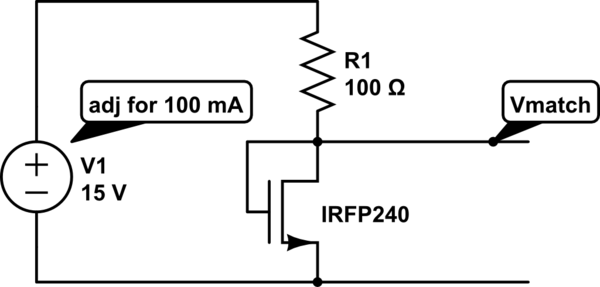
The unit is designed to drive an 80V/10A motor. The current matching circuit is utilized, but there is uncertainty regarding the appropriateness of the MOSFET selection for this application.
The circuit for driving an 80V/10A motor typically requires careful consideration of the MOSFET specifications to ensure optimal performance and reliability. The selection of the MOSFET should be based on the voltage and current ratings, as well as the R_DS(on) resistance, which affects power dissipation and thermal management.
For an 80V application, the chosen MOSFET should have a maximum drain-source voltage (V_DS) rating significantly higher than 80V to provide a safety margin, commonly at least 20% higher, suggesting a minimum rating of around 100V. The continuous drain current rating (I_D) should also exceed 10A, taking into account potential inrush currents during motor startup.
In addition to voltage and current ratings, the thermal resistance (R_TH) of the MOSFET must be considered to ensure that it can operate within safe temperature limits. Adequate heat sinking or thermal management strategies should be employed to dissipate heat generated during operation.
Gate drive requirements are also crucial. The gate-source voltage (V_GS) must be sufficient to fully turn on the MOSFET to minimize R_DS(on) and avoid excessive heating. A gate driver circuit may be necessary to provide the required voltage and current to switch the MOSFET efficiently.
Finally, it is advisable to include protective components such as flyback diodes to handle inductive kickback from the motor, ensuring the longevity and reliability of the MOSFET and the overall circuit. Proper layout considerations, including minimizing loop areas and ensuring adequate grounding, will enhance the performance and reduce electromagnetic interference in the system.Unit is driving 80V/10A motor. I currently use the following matching rigg, but since MOSFETs isn`t my domain I`m abit uncertain of the validity of the matching in accordance with the application. 🔗 External reference
The circuit for driving an 80V/10A motor typically requires careful consideration of the MOSFET specifications to ensure optimal performance and reliability. The selection of the MOSFET should be based on the voltage and current ratings, as well as the R_DS(on) resistance, which affects power dissipation and thermal management.
For an 80V application, the chosen MOSFET should have a maximum drain-source voltage (V_DS) rating significantly higher than 80V to provide a safety margin, commonly at least 20% higher, suggesting a minimum rating of around 100V. The continuous drain current rating (I_D) should also exceed 10A, taking into account potential inrush currents during motor startup.
In addition to voltage and current ratings, the thermal resistance (R_TH) of the MOSFET must be considered to ensure that it can operate within safe temperature limits. Adequate heat sinking or thermal management strategies should be employed to dissipate heat generated during operation.
Gate drive requirements are also crucial. The gate-source voltage (V_GS) must be sufficient to fully turn on the MOSFET to minimize R_DS(on) and avoid excessive heating. A gate driver circuit may be necessary to provide the required voltage and current to switch the MOSFET efficiently.
Finally, it is advisable to include protective components such as flyback diodes to handle inductive kickback from the motor, ensuring the longevity and reliability of the MOSFET and the overall circuit. Proper layout considerations, including minimizing loop areas and ensuring adequate grounding, will enhance the performance and reduce electromagnetic interference in the system.Unit is driving 80V/10A motor. I currently use the following matching rigg, but since MOSFETs isn`t my domain I`m abit uncertain of the validity of the matching in accordance with the application. 🔗 External reference
